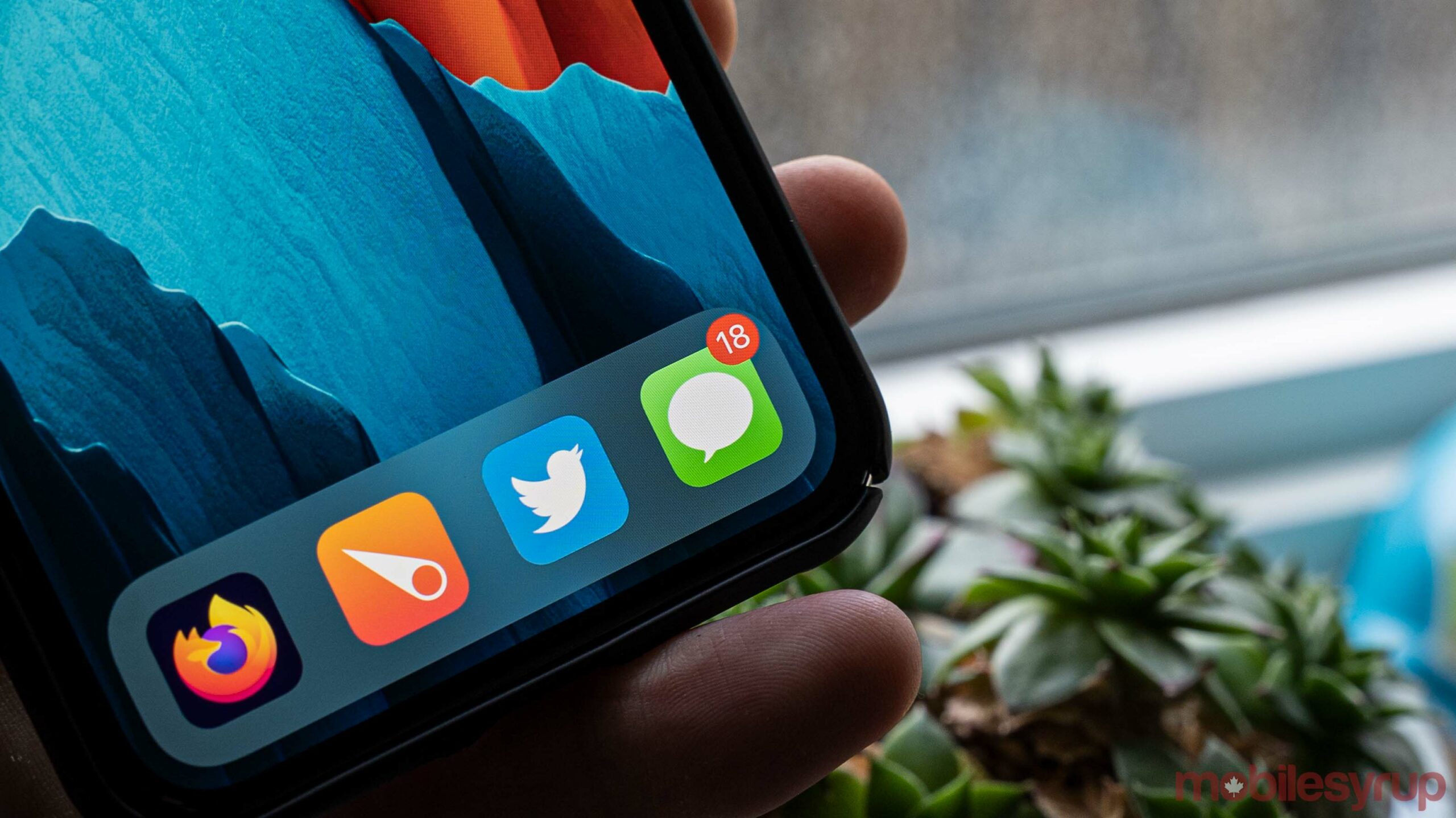
If you’re reading this, there’s a good chance you recently heard about RCS and are wondering why there’s so much commotion around it coming to the iPhone.
The short explanation is that RCS is a modern messaging protocol that can replace the SMS and MMS standards used by carriers for years. RCS enables popular chat features like read receipts, improved media sharing, and more. Apple’s plan to adopt RCS on iPhone should mean messaging between iPhones and Android devices, which mostly use RCS now, should be a lot better — currently, iPhones fall back to SMS/MMS for text convos with Android devices (iPhone-to-iPhone communication generally goes through iMessage when it’s available).
Of course, that’s a surface-level explanation that skips over a years-long saga of drama about messaging. If you want to learn about all that, stick along for the ride.
How RCS came about
RCS, which stands for Rich Communication Services, dates back to its formation in 2007. The following year, the GSM Association (GSMA) became the official project home of RCS and began working on defining and testing the protocol. In 2016, the GSMA published the RCS Universal Profile, a single specification that when adopted by carriers, guarantees interconnection with other carriers.
Google supported RCS as early as 2017, and its ‘Jibe’ cloud platform offer a Universal Profile implementation to help carriers quickly launch RCS. In 2019, the search giant began rolling out RCS as an opt-in option via its Messages app, but Google hosted the service instead of carriers. This was largely a method for Google to push RCS adoption since carriers were dragging their feet.
Since then, Google has steadily built out features on its Messages app, including adding end-to-end encryption to RCS chats, first for one-to-one conversations and later for groups. Google used the Signal Protocol for chat encryption.
Why it matters
RCS serves a very specific purpose that, arguably, is somewhat unique to North America. In many regions, instant messaging apps like WhatsApp became the defacto method for text-based communication, bypassing carriers and the SMS/MMS protocol entirely. However, WhatsApp didn’t take off to the same degree in the U.S. and Canada.
Couple that with the high percentage of iPhone users and iMessage’s position as the default messaging app on iPhone, it became very popular among iPhone users. iMessage effectively gave everyone with an iPhone similar benefits to apps like WhatsApp without downloading another app.
This started to fracture messaging interoperability between iPhones and Android devices. Android phones didn’t have access to iMessage, so iPhone users who sent messages to Android phones would see them sent using green chat bubbles, indicating that the conversation was using SMS/MMS instead of iMessage (blue bubbles). As Apple expanded and improved iMessage, the gap between the ageing SMS protocol grew significantly, leading to a significantly worse experience for iPhone users messaging Android users. The blue bubble/green bubble disparity eventually became something of a cultural phenomenon, with reports of teens excluding peers from group chats if they didn’t have an iPhone.
Toronto’s own Drake even released a song about the pain of green bubbles.
It’s worth noting similar problems began happening on the Android side as RCS adoption increased — Android users messaging other Android users had a modern chat experience thanks to RCS, but when messaging an iPhone user, phones would fall back to SMS, and people would lose out on modern features.
The whole messaging thing has become such an issue that Google has spent months trying to bully Apple into adopting RCS.
As mentioned above, with Apple set to adopt RCS in 2024, Android users and iPhone users will soon have a better messaging experience, assuming they don’t already use an alternative chat app. Of course, it remains to be seen if that will matter in any meaningful way. At this point, iPhone users have had years of conditioning to turn them against green bubbles, so many might not notice or care if the green bubble experience suddenly improves. Those who might notice likely already made the jump to a third-party chat app to meet their needs instead. But for a small group of people, it will mean texting their friends and family will get a little better without them needing to do anything at all.
MobileSyrup may earn a commission from purchases made via our links, which helps fund the journalism we provide free on our website. These links do not influence our editorial content. Support us here.


